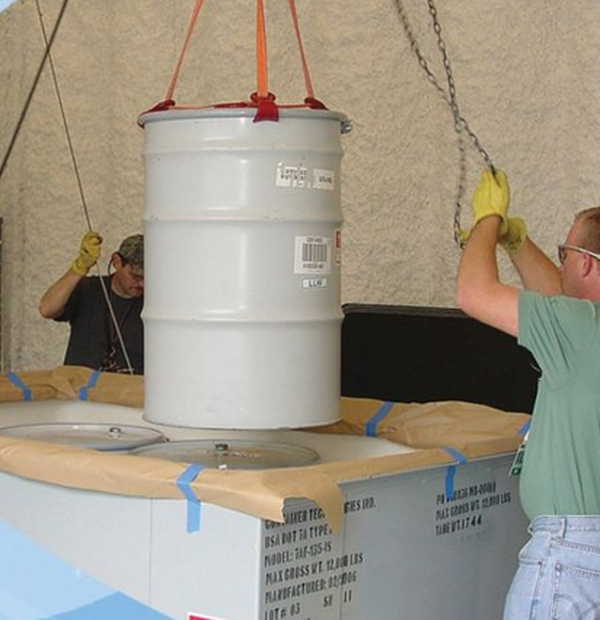Macro encapsulation
Catalogs:
Overview
Macro-encapsulation is the most widely used treatment technology throughout the world. It has had 30 to 40 years experience and can manage a very wide range of waste streams. In macro-encapsulation, the waste, either raw or treated, is fed into a container, to which grout is then added. The container maybe agitated to help distribute the grout around the waste. The difference between macro and micro encapsulation is the degree of homogeneity of the final product. In micro-encapsulation the waste is small enough to be intimately mixed with the cement whereas in macro-encapsulation the waste is simply surrounded by the cement. Although grout (cement) is the most common, other materials such as polymers can be used instead. Since the waste is surrounded with cement there will be limitations regarding the types of waste that can be accepted. This includes free liquids, reactive metals, organic material and oils. Non-cement based materials can be used to help mitigate some of those issues. It is a technology used for Low Level Waste (LLW) and Intermediate Level Waste (ILW) across the world with a proven track record for licensing and operations.
Tags
- Encapsulation
- Sellafield
- Grouting
- Hanford
- Oak Ridge

